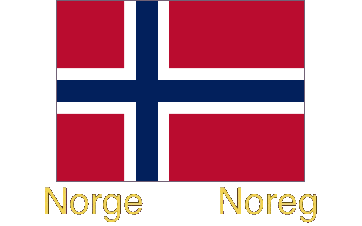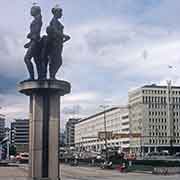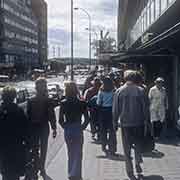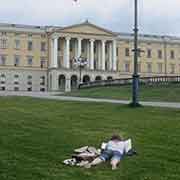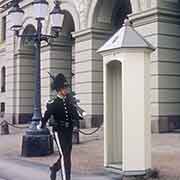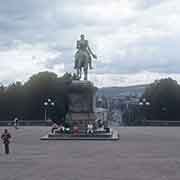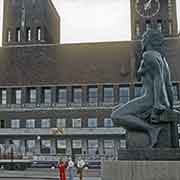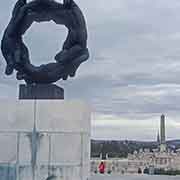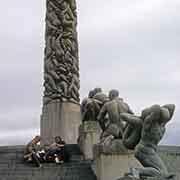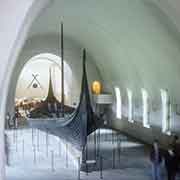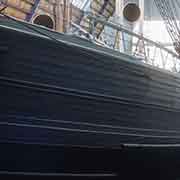Photos of Oslo, Norway’s capital
Oslo, Norway’s capital
Oslo is the capital and most populous city of Norway, with over 1 million inhabitants in its urban area. There are Christian burials that date before 1000 CE, but, according to tradition in the Norse sagas, it was founded as a city at the end of the Viking Age in the year 1040, under the name Ánslo, by King Harald Hardrada. It was located in the area known as Viken, along the strait between Norway, Sweden and Denmark and was a Danish province. The first king to reside permanently in the city was Haakon V, who ruled from 1299 to 1319 and Oslo is considered Norway’s capital from that time.
you may then send it as a postcard if you wish.
Oslo suffered destruction by fire many times. In 1624, when Norway and Denmark were united in a personal union, it was rebuilt across the bay on King Christian IV’s orders and named Christiania, honouring the monarch. It was then just a provincial centre, as the capital was in Copenhagen. After the union with Denmark was dissolved in 1814, Christiania became the Norwegian capital again, renamed Kristiania in 1877 and then in 1925 the name Oslo was once more restored.
Oslo is a pleasant city with diverse architecture, with many parks and museums. In the large Frogner Park, the Vigeland Museum has over 212 sculptures by Gustav Vigeland including an obelisk and the Wheel of Life. The Bygdøy peninsula on the western side houses five museums, including the Viking Ship Museum with the wonderfully preserved 9th-century Oseberg ship. The Fram Museum houses the ship used in expeditions of the Arctic and Antarctic regions by the Norwegian explorers Fridtjof Nansen, Otto Sverdrup, Oscar Wisting, and Roald Amundsen between 1893 and 1912.


